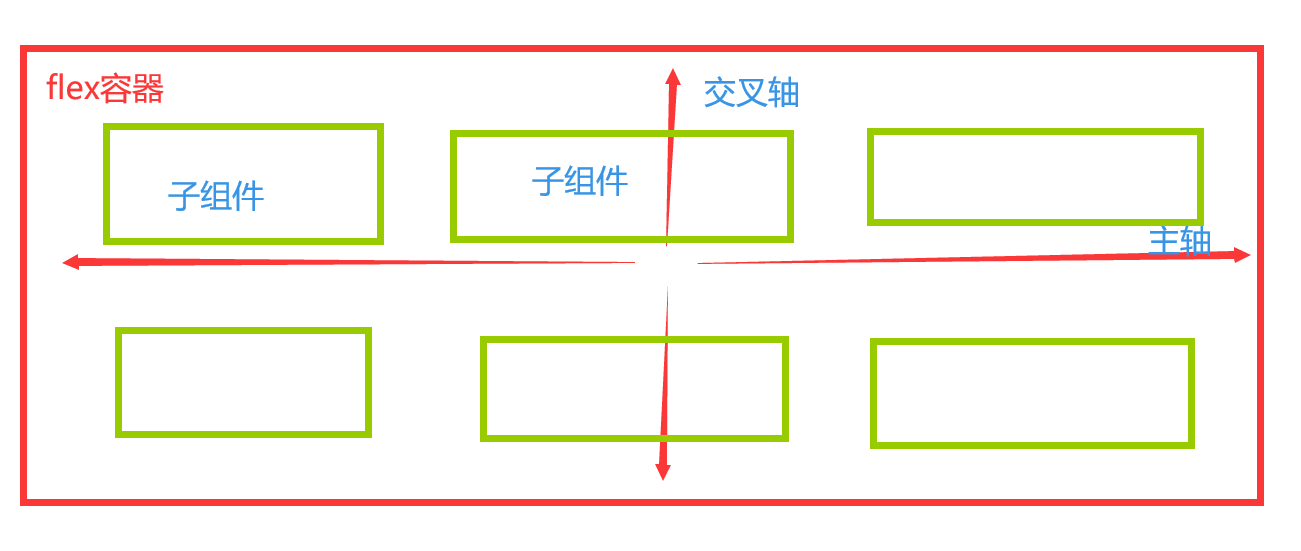本文主要是介绍个人学习笔记---复习内容,希望对大家解决编程问题提供一定的参考价值,需要的开发者们随着小编来一起学习吧!
复习一下基础
不喜勿喷
最近在工作中操作数组觉得不爽,决定在复习一下
数组方法
- forEach
- Filter
- Map
- Every
- Some
- Reduce
- Reduceright
1. forEach 用的很多了 直接写例子了
还是稍微说明一下forEach一共四个参数:
- currentValue: 必需。当前元素。
- index: 可选。当前元素的索引值。
- arr: 可选。当前元素所属的数组对象。
- thisValue: 可选。传递给函数的值一般用 “this” 值。
如果这个参数为空, “undefined” 会传递给 “this” 值
ES5的基本写法
const arr= [{name: '小黑',age: '20'},{name: '小白',age: '18'},{name: '小红',age: '22'},{name: '小明',age: '25'}
]
arr.forEach(function(ele, index ,self){console.log(ele, index ,self);
})
thisValue,传递给函数的值一般用 “this” 值。
arr.forEach(function(ele, index ,self){console.log(ele, index ,self,this);
},{name:'ccc'})
ES6中的基本写法
const arr= [{name: '小黑',age: '20'},{name: '小白',age: '18'},{name: '小红',age: '22'},{name: '小明',age: '25'}
]// 箭头函数
arr.forEach((ele, index ,self)=>{console.log(ele, index ,self,this);
},{name:'ccc'})// ...扩展运算符的写法
arr.forEach((...age)=>{console.log(age);
})
加上如下 JavaScript 脚本测试 this 指向:
// 箭头函数
arr.forEach((ele, index ,self)=>{console.log(ele, index ,self,this); // 这里this打印为window
},{name:'ccc'})这里指向 window 主要是因为箭头函数的特殊性所以产生以上代码
// 在今天函数 babel 转化后的 ES5 代码如下
() => console.log(this)// 经过 babel 转化后的 ES5 代码如下var self = this
(function () {console.log(self)
})
用 for 模拟写一个 forEach (es5)
const arr= [{name: '小黑',age: '20'},{name: '小白',age: '18'},{name: '小红',age: '22'},{name: '小明',age: '25'}
]Array.prototype.cccForEath = function(func){const _arr = this;const len = _arr.length;const arg2 = arguments[1] || window;for(let i= 0 ;i< arr.length;i++){func.apply(arg2,[arr[i],len,_arr])}
}arr.cccForEath(function(ele, index ,self){console.log(ele, index ,self,this);
},{name:'ccc'})//打印结果与上方es5一样
跳出forEach循环,return false 在这里起的作用是:只是终止本次继续执行,而不是终止for循环。
// 常规的return终止程序不起作用
const arr= [{name: '小黑',age: '20'},{name: '小白',age: '18'},{name: '小红',age: '22'},{name: '小明',age: '25'}
]arr.forEach(function(ele,index){if(index == 2){return false;}
})
// return false 在这里起的作用是:只是终止本次继续执行,而不是终止for循环。
只能用利用 try…catch 的特性来终止
const arr= [{name: '小黑',age: '20'},{name: '小白',age: '18'},{name: '小红',age: '22'},{name: '小明',age: '25'}
]
try{// 执行到第3次,结束循环arr.forEach(function(ele,index) {if(index == 2){throw "执行到指定位置";}console.log(ele);})
}catch(err){console.log(err);
}
// 下面的代码不影响继续执行
console.log("11111");
2. Filter
filter() 方法创建一个新的数组,新数组中的元素是通过检查指定数组中符合条件的所有元素。
和 forEach 一样 forEach 一共四个参数:
- currentValue: 必需。当前元素。
- index: 可选。当前元素的索引值。
- arr: 可选。当前元素所属的数组对象。
- thisValue: 可选。传递给函数的值一般用 “this” 值。
如果这个参数为空, “undefined” 会传递给 “this” 值
基本上用法和 forEach 上差不多
const arr= [{name: '小黑',age: '20'},{name: '小白',age: '18'},{name: '小红',age: '22'},{name: '小明',age: '25'}
]const array = arr.filter(function(ele,index,arr){console.log(ele,index,arr);return ele.age > 20;
})用 for 模拟写一个 forEach (es5)
const arr= [{name: '小黑',age: '20'},{name: '小白',age: '18'},{name: '小红',age: '22'},{name: '小明',age: '25'}
]Array.prototype.cccFilter = function(func){const _arr = this;const len = _arr.length;const arg2 = arguments[1] || window;let array = [];for(let i= 0 ;i< arr.length;i++){func.apply(arg2,[arr[i],len,_arr]) ? array.push(arr[i]): ''; }return array;
}arr.cccFilter(function(ele, index ,self){console.log(ele, index ,self,this);return ele.age > 20;
})//打印结果与上方es5一样
未完待续…
可以关注一下

这篇关于个人学习笔记---复习内容的文章就介绍到这儿,希望我们推荐的文章对编程师们有所帮助!








